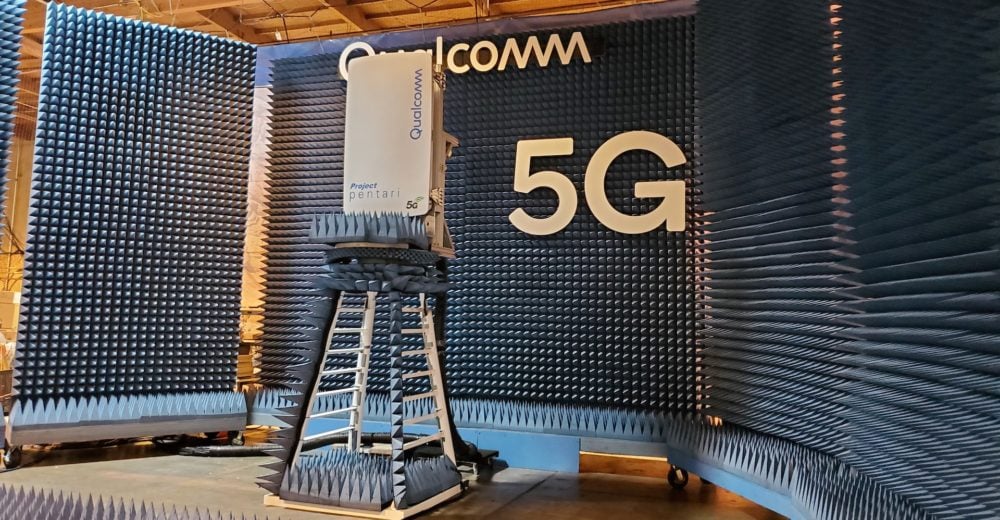If you've ever been through a town, you may have seen tiny cell towers for 5G placed on poles for street lighting. They look like small boxes, but they're actually broadcasting wireless signals from mobile providers to your mobile.

They are replacing larger built cell towers. Although they're not as visible however, they could create problems for those who live nearby.
A FCC's Radiation Exposure Thresholds
The FCC's Radiation Exposure Thresholds establish the safe distance that an individual can be exposed to electromagnetic energy from wireless devices. The exposure limits are based on research that prove that electromagnetic energy could cause harm to health.
The rate of absorption called the specific absorption rate (SAR) is an indicator of the amount of radiofrequency energy taken up by tissues. do phones give off radiation 's typically 1.6 Watts per kilogram calculated over one Gram of tissue.
Since 5g is able to transmit at higher frequencies and has the potential to cause greater energy intensity on the skin and other directly-exposed body areas. This could result in various possible harms, such as an increase in development of skin diseases such as dermatitis, cataracts and skin cancer.
Due to the potential for negative effects of 5G radiation, PSU has chosen to establish a general, localized limits on power density, which is 4mW/cm2 averaged across 1 centimeter, and not to exceed 30 minutes for the entire 5G spectrum at 3000 GHz. This limit for localization is in line with the highest spatial-average SAR of 1.6 W/kg, which is averaged over 1 grams of tissues at six GHz.
The FCC's Maximum Exposure Thresholds
If you've ever operated a cell phone, you're probably aware that the safest location from the tower should be at least 400 meters away. This is due to the power of the transmission of cell towers increases drastically the further you are from it.
While this sounds like an ideal idea however, people who live close to towers may actually be more vulnerable to health problems. For instance, a 2014 study in India discovered that people living within 50 meters of cell towers had much more health problems than those living further away from the antennas.
However, radiation from cell phones showed that residents who moved to areas further away from the cell towers saw their symptoms return to normal within a few days. Another study has shown that exposure to high amounts of electromagnetic field radiofrequency (EMFs) can cause brain tumors, cancers, and other health problems.
This is due to the fact that RF radiation, which is utilized in wireless communications, may penetrate the body's outer layer, which is the skin. This is important to understand since the skin functions as a barrier to protect against mechanical injury, infection from pathogenic microorganisms, as well as the entry of harmful substances. It is also the largest organ of the human body. It is accountable for protecting other organs.
The FCC's Minimum Exposure Thresholds
The FCC's Minimum Exposure Thresholds are based on numerous assumptions that aren't supported by scientific evidence. They include the false belief that exposures to RF radiation are safe due to the limited penetration into the body (i.e. thermal heating of tissue).
The assumption is also ignoring the greater penetration of ELF parts of modulated RF signals and the effect of brief bursts of heat generated by RF waves that are pulsed. These assumptions are not in line with current knowledge of the biological effects of RF radiation. As such, they should not be used for health protective exposure standards.
Additionally, the ICNIRP and FCC are limiting their exposure limits to local peak SARs, based on the maximum spatial specific absorption rate (psSAR) which is an inadequate dosimetric tool to assess the amount of radiation exposure. In particular the psSAR tool is not accurate for frequencies that exceed 6 GHz. Additionally, psSAR hasn't been tested for RF radiation that is exposed to other environmental agents , such as sunlight. Interactions of RF radiation with other environmental agents may cause synergistic or antagonistic effects. This would result in the risk of having adverse health effects. For example, co-exposure to RF radiation and sunlight could cause an increase in the incidence of skin cancer and exacerbate other skin conditions like acne.
